7 of the Most Intimidating Stadiums in Football
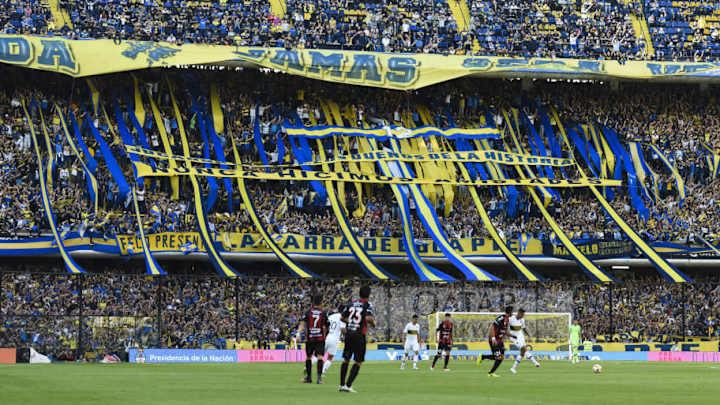
When the crowd is roaring, the stands are bouncing and the flares are flying, there is nothing scarier in football than stepping into a raucous cauldron of noise.
Some of these stadiums are steeped in history, while others are famous for their intimidating shape or their huge, colourful displays. All of them share amazing atmospheres which can turn even the most experienced player into a nervous wreck.
Here are seven of the most intimidating venues in world football.
Anfield

Anfield may not be as terrifying as some of the stadiums on this list, but few places in football have the same mystique as Liverpool's hallowed ground. Home to the Reds since their formation in 1892, Anfield is steeped in the history of one of the most successful clubs in the world.
Fans of every generation can recall famous European nights here, from Inter Milan in 1965 to Saint-Etienne in 1977 to Chelsea in 2005, each of them soundtracked by a spine-tingling chorus of You'll Never Walk Alone. Opposition players often claim that they won't be fazed by the Anfield atmosphere, but it's easier said than done.
La Bombonera
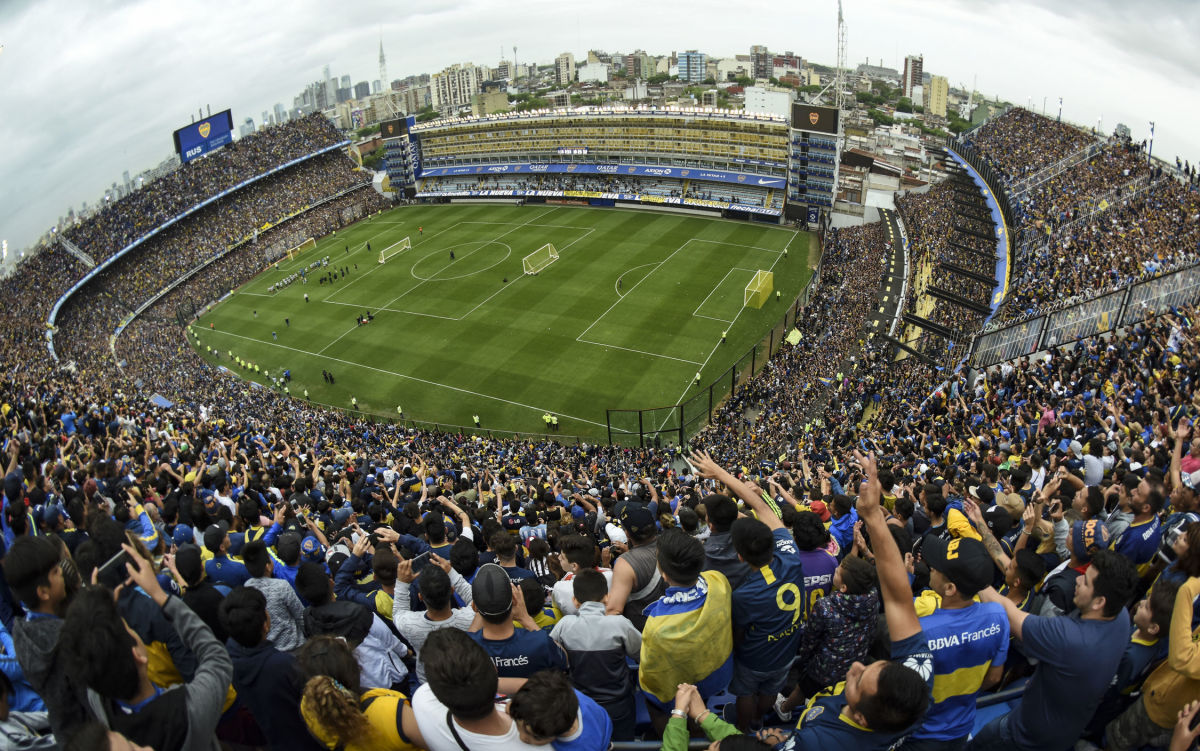
La Bombonera (The Chocolate Box) is so named because of its distinctive shape. Three of the stands are steep and one is practically vertical, giving opposition players the intimidating impression that the fans are right on top of them at all times.
Hernan Crespo, in his early days at River Plate, remembers the ground shaking beneath his feet as a result of the atmosphere created during the Superclásico. The pitch is the minimum size allowed by FIFA to ensure that there's no escape from the deafening noise raining down from all sides.
Türk Telekom Arena
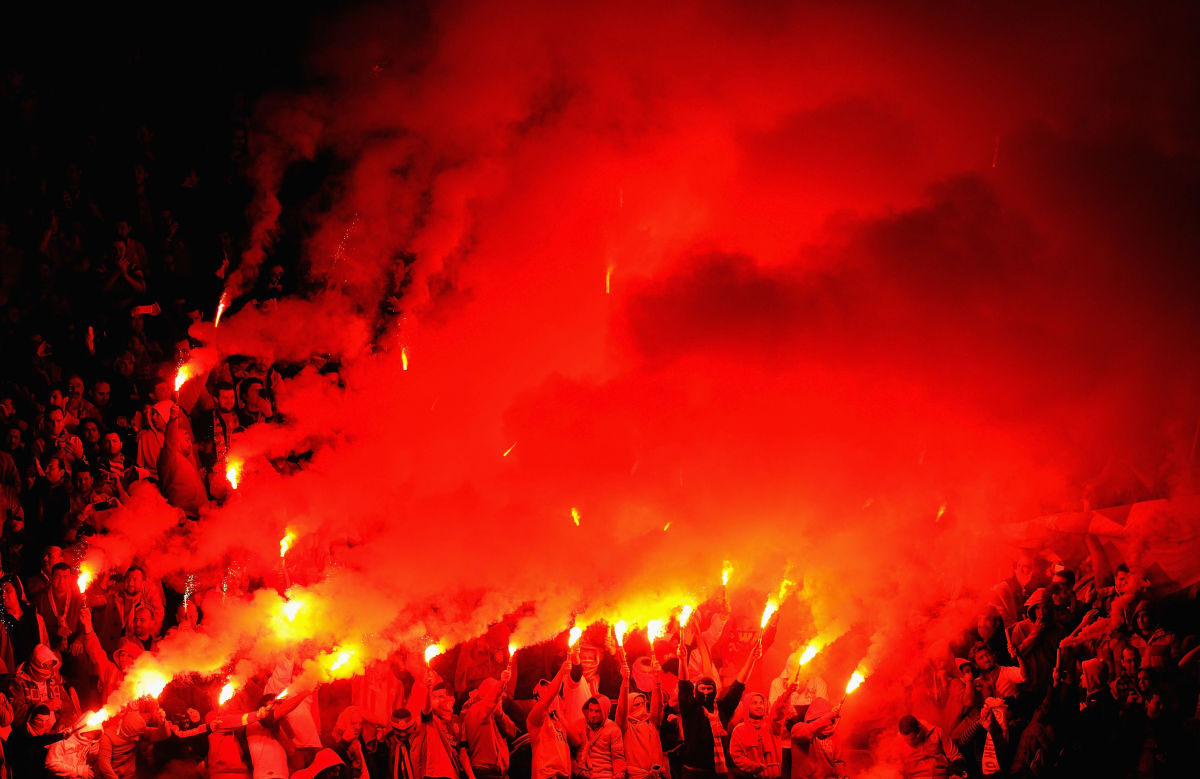
"Welcome to hell," Galatasaray used to boast of their old stadium, and it was a moniker which stuck when they moved to the Türk Telekom Arena in 2011. It is an appropriate nickname, with the stands often appearing to be on fire due to the number of flares and the red and yellow colour scheme.
For over two years this stadium held the world record for loudest atmosphere created, and many prestigious teams have found themselves overawed in these surroundings, with Real Madrid, Manchester United and Juventus all losing here.
Stadio San Paolo
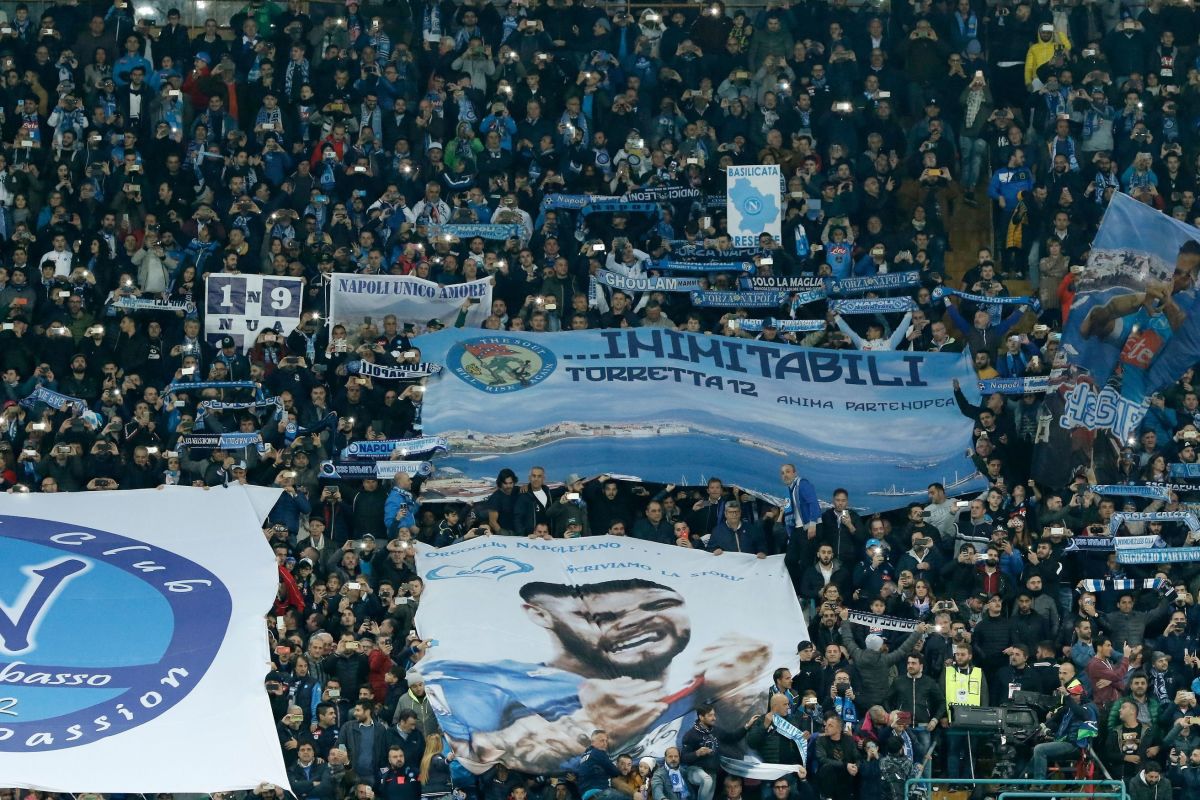
The best stadiums in the world should feel like gladiatorial arenas and nowhere is that closer to the truth than at Napoli's Stadio San Paolo home. Concrete walkways and peeling walls give the impression of an ancient Colosseum, an unnerving setting for visiting players and fans to contend with.
With Napoli President Aurelio de Laurentiis showing his usual level of tact when he described the San Paolo as "frankly a toilet", it is no surprise that renovations are finally under way. Every effort will be taken to ensure that this modernisation does not come at the expense of atmosphere.
Cairo International Stadium

The 120,000 spectators who attended the 1986 Africa Cup of Nations final at the Cairo International Stadium is an African record which is unlikely to ever be surpassed. The capacity was trimmed to 75,000 for the 2006 Cup of Nations, again hosted and won by Egypt, and the reduced numbers did not seem to affect the febrile atmosphere.
The stadium plays host to Egypt's two most successful teams, Al Ahly and Zamalek, and derby matches between the two produce animosity rarely seen anywhere else in the world. The stadium will host the opening match of this year's Africa Cup of Nations.
Signal Iduna Park
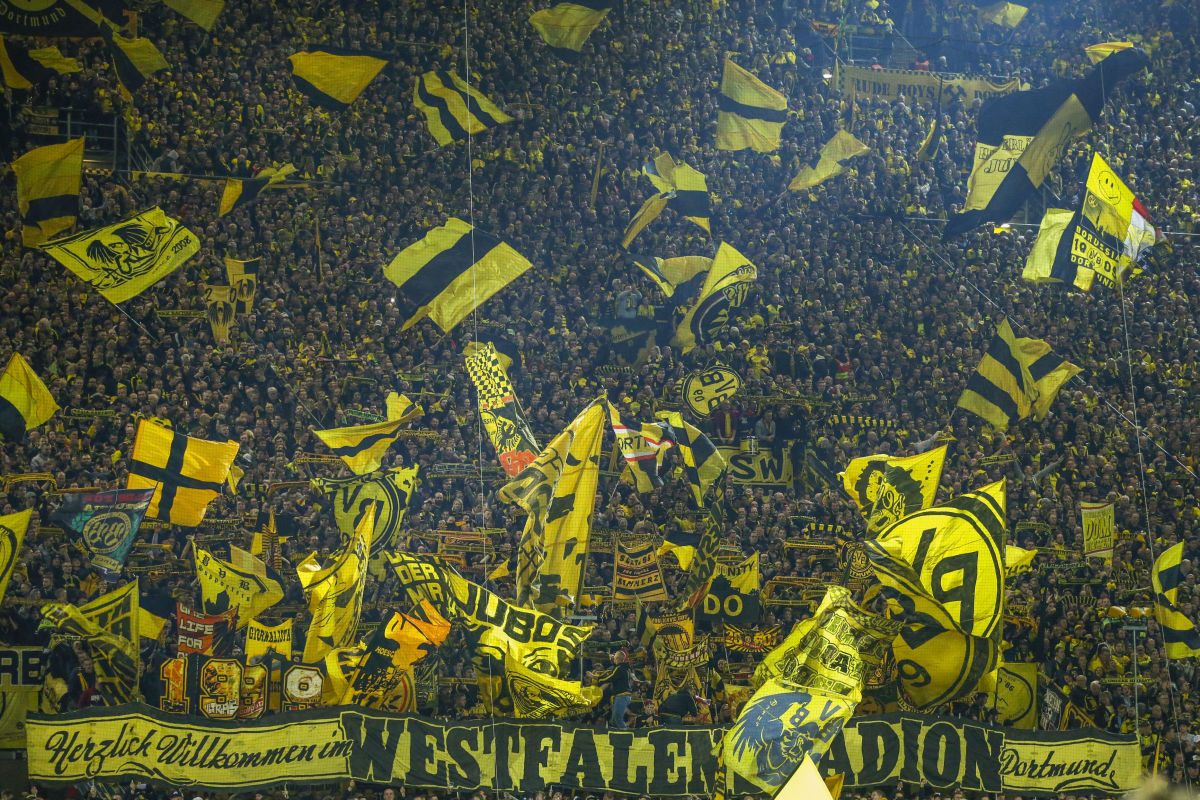
Like Anfield, Borussia Dortmund's Signal Iduna Park is not so much intimidating as it is awe-inspiring. The famous Südtribune, adorned with scarves, banners and massive tifos, has earned the nickname 'the Yellow Wall'. It is the largest free-standing grandstand in Europe, boasting a capacity of 25,000.
In the last decade, this stadium has witnessed some memorable results, particularly in the Champions League. A famous comeback against Malaga and a 4-1 demolition of Real Madrid helped Dortmund reach the final in 2012/13, and earlier this season they inflicted Diego Simeone's heaviest ever defeat as Atletico Madrid manager.
Rajko Mitić Stadium
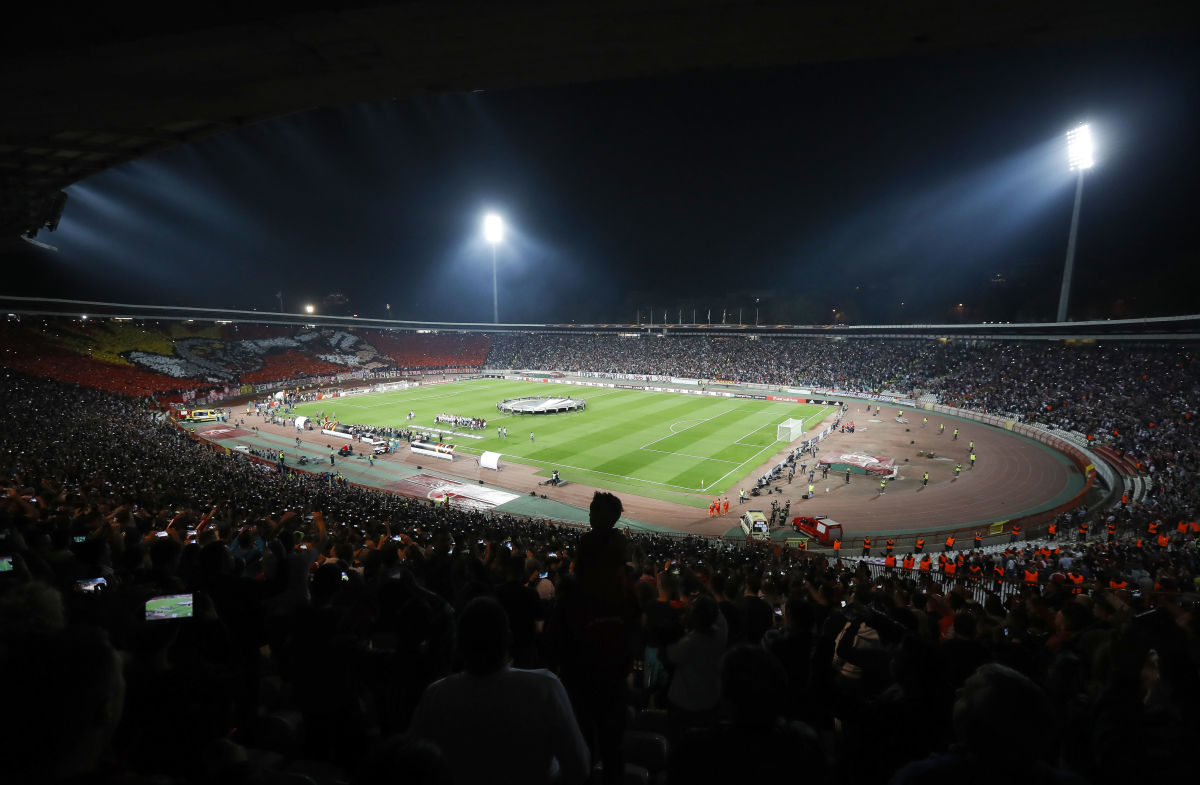
Liverpool are used to relying on big atmospheres to help them overcome stronger opponents in the Champions League, but the boot was on the other foot this season as they suffered a humiliating defeat to Serbian champions Red Star Belgrade, who were roared to victory by a typically electric crowd at the Rajko Mitić Stadium, usually called the Marakana.
It was a throwback to better days for Red Star, who won the European Cup in 1990/91 but haven't been beyond the group stage since. The stadium rarely sells out these days, but remains one of the world's most frightening venues when it does - particularly for derby matches against Partizan Belgrade.
This article is brought to you by Alita, in cinemas soon. Check out the trailer below:
